This is the smaller of the two Killarney Inlaid davenports, or writing desks, in this room. The substrate is of pine and mahogany, veneered with arbutus and yew. The davenport is decorated with views of well-known Killarney tourist sights including Muckross Abbey, Ross Castle and Glena Cottage (destroyed 1920). Ferns decorate the writing slope, while the up-stand is decorated with an eagle, harp and deer, as well as trailing shamrocks. Probably mid to late 19th century in date.
Killarney Inlaid Furniture.
A Brief History:During the 1820s bog oak and bog yew, found in bogs close to Killarney town, began to be used to produce wooden goods for tourists. By the late 1830s the wood of the native arbutus (Arbutus unedo) was also being exploited to produce inlaid items. This industry was well established by the late 1840s. Items of furniture produced by this inlaid arbutus industry included: cabinets, chiffoniers, davenports and games’ tables. Smaller items were also produced. The inlaid motifs included representations of local tourist sites including: Muckross House, Muckross Abbey, Killarney House, Glena Cottage, Ross Castle, Innisfallen, etc. Representations of the eagle, deer and Irish harp were also used, while decorative borders included shamrocks, ferns, oak leaves and acorns, holly leaves, etc.
The Killarney industry was in decline by the 1880s. However, between 1929 and 1952 the production of inlaid arbutus furniture continued in the Gap of Dunloe.

